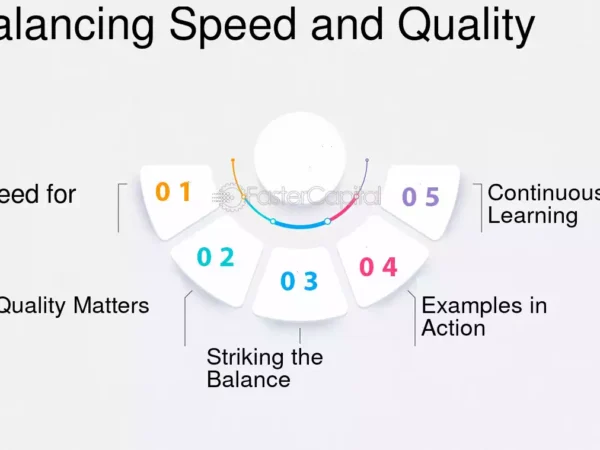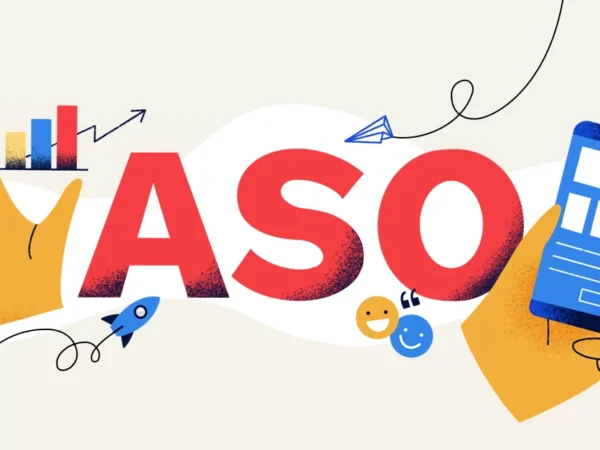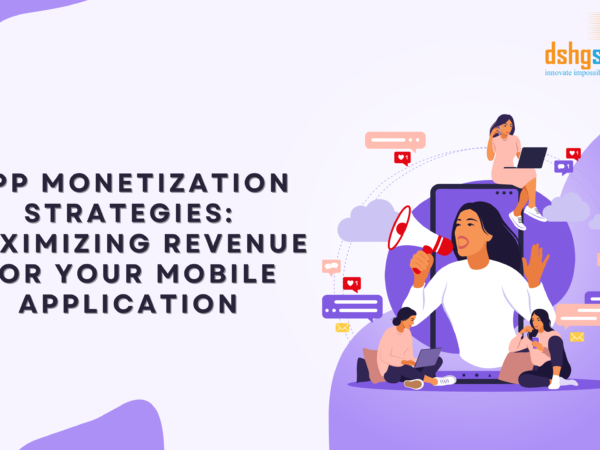Launching a Minimum Viable Product is an important step in the product development process. It lets you test your idea and see if people like it. Think of the MVP as a little spaceship that carries your invention to new places. But to make it work, you need to be smart. Your MVP should be well-made and able to handle the challenges of the market.
Making an MVP is just the start; the real test is to try it out and get feedback from people who use it. You must make sure it works, improve how people use it, and learn from their comments to make it better. That’s why we’ve made a guide that shows you how to test your MVP step-by-step. We use simple and new ways to make sure your MVP is viable and valuable to your potential users.
Step 1: Define Your Testing Objectives
Before initiating the testing process, it’s crucial to define your objectives clearly. Identify the key metrics you want to measure and the specific goals you aim to achieve. This focused approach will help you direct your testing efforts and evaluate the MVP’s performance against the defined criteria. For instance, consider metrics like user engagement, conversion rates, and user satisfaction.
Step 2: Identify Testing Methods
Determine the testing methods that best suit your MVP. While traditional approaches like Usability Testing, A/B Testing, and Beta Testing are essential, incorporating modern methods can provide a more comprehensive view of your MVP’s potential success. Let’s explore these MVP testing methods:
- Customer Interviews: Directly engage with potential customers to validate your MVP. Gather honest reviews and insights to refine your product.
- Crowdfunding: Utilize crowdfunding platforms like Kickstarter to test market appeal. It gives exposure to a wider user base and could lead to potential funding for your final product.
- Explainer Videos: Create engaging videos to showcase your MVP’s functionality. Explain what and how your product works. Consider visitors’ feedback for your MVP usability and feasibility. Follow in the footsteps of successful products like Dropbox, which effectively communicated features through explainer videos.
- Pre-orders: Attract users by presenting your product on appealing pre-order pages. Oculus Rift’s success with pre-orders exemplifies the potential of this method.
- Concierge MVPs: Validate user interest and investment by providing a personalized experience for your product. For example, online dress rental businesses like Rent the Runway used this method effectively.
- Usability Testing: Conduct one-on-one sessions with potential users to observe how they interact with your MVP. Observe their actions, collect feedback, and identify areas that need improvement.
- A/B Testing: Compare two or more versions of your MVP by dividing your user base into different groups. Measure and analyze the performance of each variation to determine the most effective design or feature set.
- Beta Testing: Release your MVP to a select group of users, either internally or externally, and gather feedback on their experience. This helps identify issues and provides insights into potential improvements.
- Analytics and Metrics: Utilize analytical tools to track user behavior, engagement, and conversion rates. Analyze the data to gain insights into user patterns and preferences.
Step 3: Create Test Scenarios
Develop a set of test scenarios that mirror real-world user interactions. Consider different user personas, their goals, and how they would navigate through your Minimum Viable Product. Design test cases that cover a wide range of functionalities and potential edge cases. Document these scenarios to ensure consistency during testing. Also, consider the following additional tips:
- Consider scenarios where users might take unexpected turns or face challenges.
- Think about how users with different levels of tech-savviness would navigate your MVP.
- Ensure your test cases cover not just the happy paths but also the bumpy roads users might encounter.
Step 4: Execute the Tests
Now, put your MVP through the testing process. Implement your chosen testing methods and execute the test scenarios defined in the previous step. Document any bugs, usability issues, or areas for improvement encountered during the testing phase. Use project management tools to efficiently track and manage these findings. Consider the following tips for the effective evaluation of your MVP:
- Include a diverse group of testers to get a broader perspective.
- Simulate real-world conditions as closely as possible during testing.
- Encourage testers to explore and interact with your MVP naturally to catch those unexpected issues.
Step 5: Gather and Analyze Feedback
Collect feedback from users participating in the testing phase through surveys, interviews, or feedback forms. Analyze the feedback to identify recurring patterns and prioritize areas that require immediate attention. Focus on gathering both qualitative and quantitative data to gain a comprehensive understanding of your MVP’s performance. Consider the following points while gathering and analyzing feedback on your MVP.
- Ask specific questions about user satisfaction, usability, and any pain points.
- Balance qualitative feedback with quantitative data (numbers and statistics).
- Don’t just focus on what’s not working, but check what users love about your MVP too!
Step 6: Iterate and Improve
Based on the feedback and data collected, prioritize the identified issues and make necessary improvements to your MVP. Implement the changes and updates and repeat the testing process to validate the effectiveness of the improvements. Remember that testing is an iterative process, and multiple testing cycles may be required to achieve the desired level of quality. Consider the following points for better iteration and improvement:
- Start with the most critical issues to make an immediate impact.
- Consider user suggestions and reviews seriously. They often hold the keys to making your MVP exceptional.
- Keep an open line of communication with your testing crew for ongoing improvements.
Step 7: Monitor and Measure
Once your MVP is deployed, continue monitoring its performance using analytics and metrics. Track user behavior, conversion rates, and other relevant indicators to evaluate the success of your improvements. This ongoing monitoring will provide insights for future iterations and enhancements. Check the following points for effective monitoring.
- Set up automated tracking tools for seamless monitoring.
- Regularly review analytics to spot trends or changes in user behavior.
- Be proactive. If something looks off, investigate and adjust as needed.
Additional Steps in MVP Testing:
In addition to the outlined steps, it’s crucial to consider further measures for successful MVP testing.
- Begin by pinpointing your target audience for MVP validation like early adopters for active feedback, evangelists for comprehensive testing, and potential investors, whose insights guide improvements and attract essential funding.
- Establish open communication through blogs, surveys, emailing, fostering discussions, and collecting honest opinions.
- Employ digital prototypes and single-feature MVPs to showcase your product and gather focused feedback.
- Lastly, utilize software testing tools such as QuickMVP, OpenHallway, and InVision for precise validation of structural and placement elements.
These additional steps ensure a comprehensive approach to MVP testing, refining your product effectively.
Conclusion:
Testing your Minimum Viable Product is a critical step toward creating a successful product. By incorporating traditional and modern testing methods, you can effectively validate your MVP, gather valuable user feedback, and make informed decisions for its improvement. Remember that testing is an ongoing process, and by iterating and refining your MVP based on user feedback, you increase the chances of delivering a highly functional and user-friendly product. If you also want to test your MVP before launching your business, we’re here to help. Contact us today!
FAQs:
1. Why is MVP Testing Crucial in Today’s Rapidly Changing Market?
A: MVP testing ensures that your product aligns with current market trends and user expectations. It helps you stay agile and responsive to shifts in customer preferences, maximizing your product’s relevance.
2. How Can I Assess User Engagement Beyond Traditional Metrics?
A: Consider tracking user interactions on social media platforms and community forums. Social listening tools can provide valuable insights into user sentiment and preferences.
3. What Role Does Sustainability Play in MVP Testing?
A: Evaluate the environmental impact of your MVP by considering sustainable practices in development and testing. Emphasize eco-friendly solutions, as users increasingly value products with a positive environmental footprint.
4. How Can I Leverage AI and Automation in MVP Testing?
A: Explore AI-driven testing tools that automate repetitive tasks and enhance test coverage. AI can analyze large datasets, providing nuanced insights into user behavior and preferences.
5. In the Era of Data Privacy Concerns, How Can I Ensure Secure MVP Testing?
A: Implement robust data anonymization techniques during testing to protect user privacy. Regularly update security protocols and comply with data protection regulations to build user trust.









